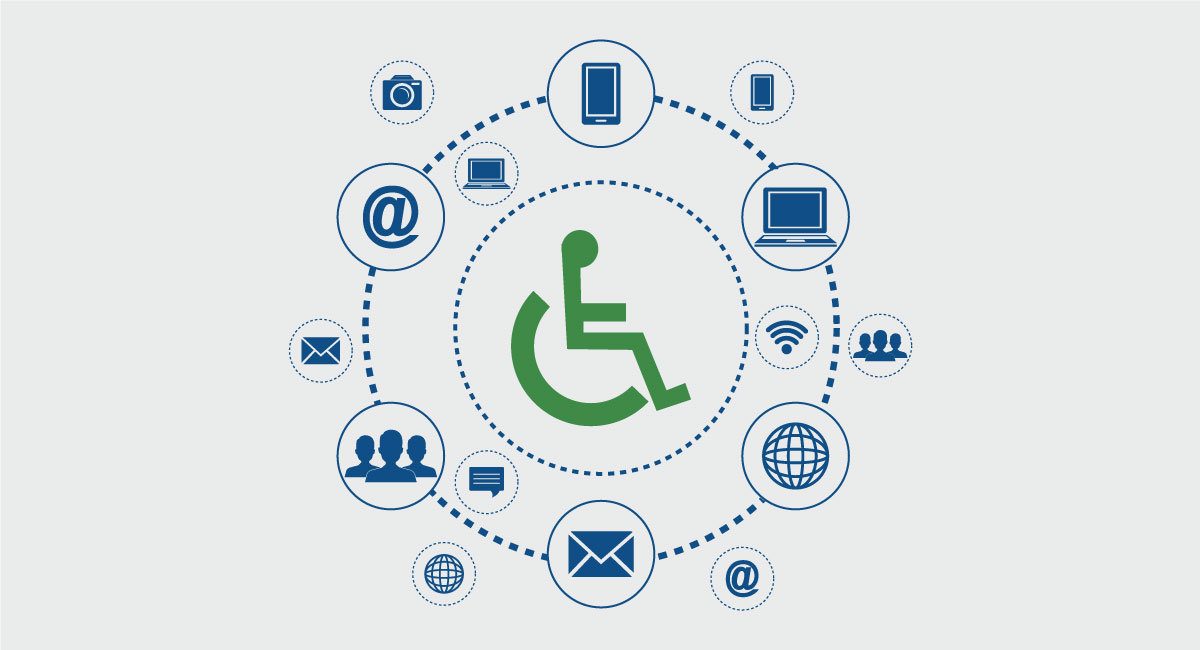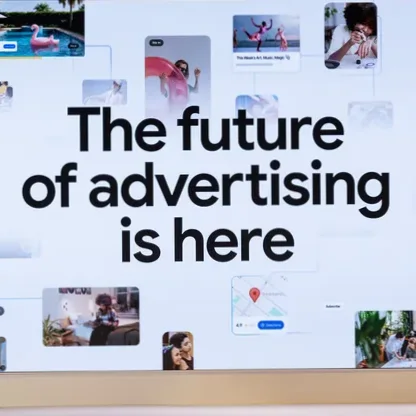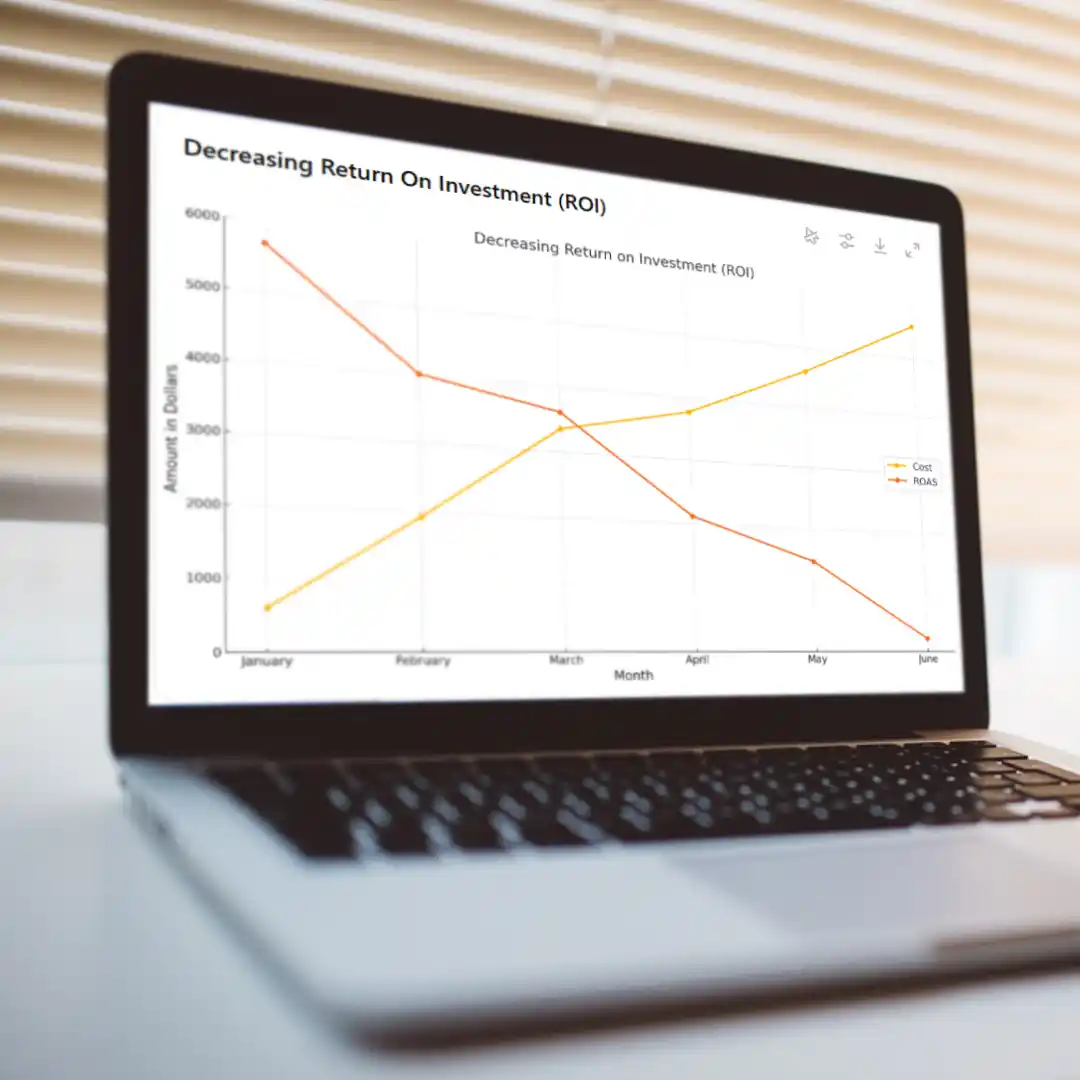The Importance of Website Accessibility in 2019
In October of 2019, the pizza company Domino’s was denied a hearing by the Supreme Court, leaving in place a decision by a lower court that a lack of accessibility for sight-impaired users on Domino’s website “…impedes access to the goods and services of its physical pizza franchises—which are places of public accommodation.”
The decision came about as a result of a case brought against Domino’s by a blind man, Guillermo Robles, who argued that, per the Americans with Disabilities Act, businesses with physical locations are required to make their websites (or any other online platform) accessible to those with disabilities.
Robles’ successful case seems to have set a precedent for website accessibility standards—at least for large businesses—allowing disabled users recourse when they’re not able to access services. But what exactly are the standards businesses should follow, both to avoid being sued and to provide access to the widest possible range of users?
It’s a complex issue in part because there is no one answer: a number of organizations from the World Wide Web Consortium to the BBC have published accessibility recommendations, which must be examined alongside advancing news stories like the Domino’s case to determine what is legally necessary.
As you consider the difficulty and expense of updating your website and online services, keep in mind the sheer number of Internet users who rely on accessibility measures: in 2014, the American Census Bureau estimated that 5.1% of Americans have serious difficulty seeing and 7.1% have difficulty hearing. Making your website accessible is a large step towards expanding their world.
How Should You Go About Updating Your Website?
There are numerous free resources (W3, Usability.gov, Section 508 Compliance Testing) on accessibility best practices, and many tools (such as these browser plugins) exist to help you quickly identify and fix problems.
In brief, when designing the layout for your website, you must consider how individuals with different disabilities navigate online. For example, someone with a visual impairment might use screen-reading software and voice commands, so important text appearing as part of an image will make it difficult for them to get their bearings, and you’ll want your site to be navigable by keyboard shortcuts such as Tab/Shift+Tab. For hearing-impaired individuals, you should include in-sync captions on videos and publish transcripts with any podcast episodes on your website.
Although these accessibility standards can complicate website design and increase costs for small businesses, they are not only necessary to prevent potential lawsuits but also beneficial, both for you and for the users that will be newly able to access your site and your business.
Note: The above statements represent Market Vantage’s interpretation of the law and should not be used in a court of law. We strongly suggest you consult a lawyer if this matter is applicable to your business.





